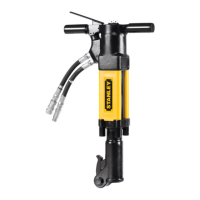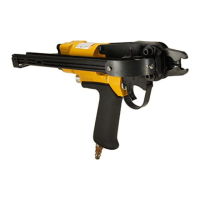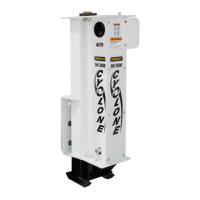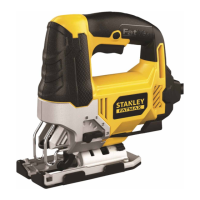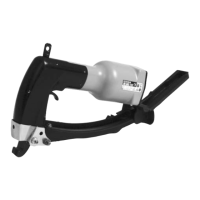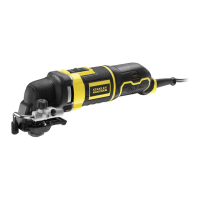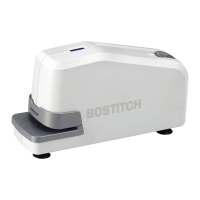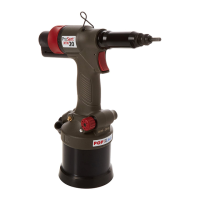7
ENGLISH
on the Transport of Dangerous Goods Manual of Tests and Criteria. In most instances, shipping a DEWALT
battery pack will be excepted from being classied as a fully regulated Class 9 Hazardous Material. In general,
only shipments containing a lithium-ion battery with an energy rating greater than 100 Watt Hours (Wh) will
require being shipped as fully regulated Class 9. All lithium-ion batteries have the Watt Hour rating marked on
the pack. Furthermore, due to regulation complexities, DEWALT does not recommend air shipping lithium-
ion battery packs alone regardless of Watt Hour rating. Shipments of tools with batteries (combo kits) can
be air shipped as excepted if the Watt Hour rating of the battery pack is no greater than 100 Whr. Regardless
of whether a shipment is considered excepted or fully regulated, it is the shipper‘s responsibility to consult
the latest regulations for packaging, labeling/marking and documentation requirements. The information
provided in this section of the manual is provided in good faith and believed to be accurate at the time the
document was created. However, no warranty, expressed or implied, is given. It is the buyer’s responsibility to
ensure that its activities comply with the applicable regulations.
SHIPPING THE DEWALT FLEXVOLT™ BATTERY
The DEWALT FLEXVOLT™ battery has two modes: Use and
Shipping.
Use Mode: When the FLEXVOLT™ battery stands alone or
is in a DEWALT 20V Max* product, it will operate as a 20V
Max* battery. When the FLEXVOLT™ battery is in a 60V
Max* or a 120V Max* (two 60V Max* batteries) product, it
will operate as a 60V Max* battery.
Shipping Mode: When the cap is attached to the FLEXVOLT™ battery, the battery is in Shipping Mode. Strings
of cells are electrically disconnected within the pack resulting in three batteries with a lower Watt hour (Wh)
rating as compared to one battery with a higher Watt hour rating. This increased quantity of three batteries
with the lower Watt hour rating can exempt the pack from certain shipping regulations that are imposed upon
the higher Watt hour batteries.
The battery label indicates two Watt hour ratings (see example). Depending on how the battery is shipped,
the appropriate Watt hour rating must be used to determine the applicable shipping requirements. If utilizing
the shipping cap, the pack will be considered 3 batteries at the Watt hour rating indicated for “Shipping”. If
shipping without the cap or in a tool, the pack will be considered one battery at the Watt hour rating indicated
next to “Use”.
Example of Use and Shipping Label Marking
- USE: 120 Wh Shipping: 3 x 40 Wh -
For example, Shipping Wh rating might indicate 3 x 40 Wh, meaning 3 batteries of 40 Watt hours each. The Use
Wh rating might indicate 120 Wh (1 battery implied).
1.3.3 IMPORTANT SAFETY INSTRUCTIONS FOR ALL BATTERY CHARGERS
• DO NOT attempt to charge the battery pack with any chargers other than the ones in this manual. The
charger and battery pack are specically designed to work together.
• These chargers are not intended for any uses other than charging DEWALT rechargeable batteries.
Any other uses may result in risk of re, electric shock or electrocution.
• Do not expose charger to rain or snow.
• Pull by plug rather than cord when disconnecting charger. This will reduce risk of damage to electric
plug and cord.
• Make sure that cord is located so that it will not be stepped on, tripped over, or otherwise subjected
to damage or stress.
• Do not use an extension cord unless it is absolutely necessary. Use of improper extension cord could
result in risk of re, electric shock, or electrocution.
• When operating a charger outdoors, always provide a dry location and use an extension cord
suitable for outdoor use. Use of a cord suitable for outdoor use reduces the risk of electric shock.

